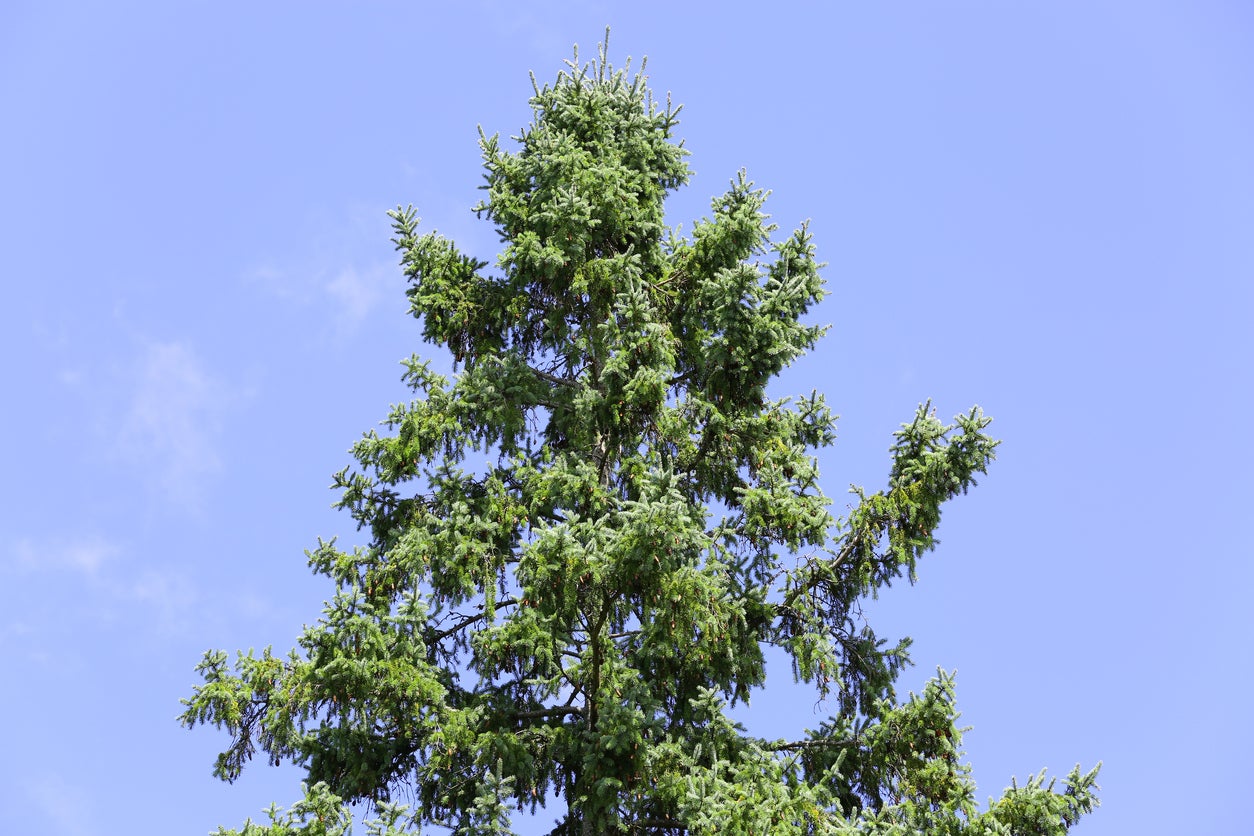Hemlock Tree Care: Tips For Growing Hemlock Trees


Hemlock trees (Tsuga) are the Ferraris of the evergreen world -- these graceful, drooping trees and shrubs are gorgeous additions to the landscape but require very exacting conditions to do well. Like other beautiful and delicate things, if you can get hemlocks to thrive in your landscape, you'll be the envy of your neighbors; but a hemlock in poor health will only make your home look sad and worn out. If you're considering planting a hemlock in your yard as a specimen tree or for a unique hedge, read on to learn more about hemlock tree care.
Landscaping With Hemlocks
Growing hemlock trees is a piece of cake, provided that you take their many needs into consideration when planting them. The question isn't so much how to plant a hemlock tree as where to plant them. Unlike many other large landscape trees, hemlocks have evolved while growing in the shade of other trees, so you'll need to choose a place that's protected, especially against winter winds and drying summer heat. Hemlocks can tolerate a wide range of lighting conditions, but won't tolerate dry or compacted soils at all. Although there are many hemlocks to choose between for gardeners in USDA plant hardiness zones 3 through 7, many cultivars only do well in a smaller part of that range, so read the nursery tag carefully before bringing your hemlock home.
Care of Hemlock Trees
Once established, hemlocks require little care, but establishing them can be a challenge. They need acidic soils that stay moist, but not wet, and frequent waterings. Like willows, hemlocks are riverbank trees, so if your site is elevated and dry, you may need to add a thick ring of mulch over your tree's root zone and consider installing a drip irrigation system to keep your tree looking its best. The shallow roots of the hemlock can allow it to topple easily; if high winds are a frequent problem, a stabilizing tree stake should be considered while your hemlock is young. Although the hemlock isn't bothered by pests or diseases, as a rule, they do have one pest that seems to find them wherever they go. The hemlock wooly adelgid is a small, aphid-like insect that hides inside a woolly sac -- the most notorious and troublesome pest of hemlocks. Regular inspections of your hemlock will help prevent serious damage from this pest, provided you check for them at least once a year. October is the best time to treat these pests, using either insecticidal soap or horticultural oil. Imidacloprid is sometimes used as a yearly treatment where adelgids are a constant threat. Occasional pruning of hemlock trees may be necessary when weather-related issues or other damage is present.
Sign up for the Gardening Know How newsletter today and receive a free copy of our e-book "How to Grow Delicious Tomatoes".

Kristi Waterworth was a regular contributor to Gardening Know How for many years, answering countless queries on plant pests and diseases.